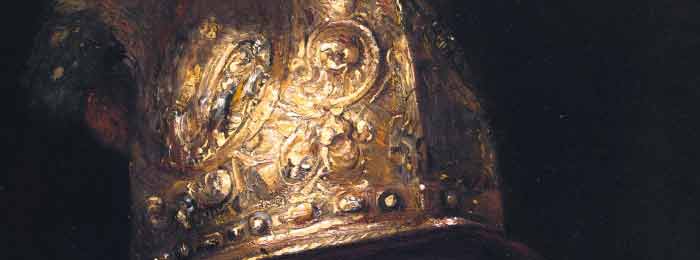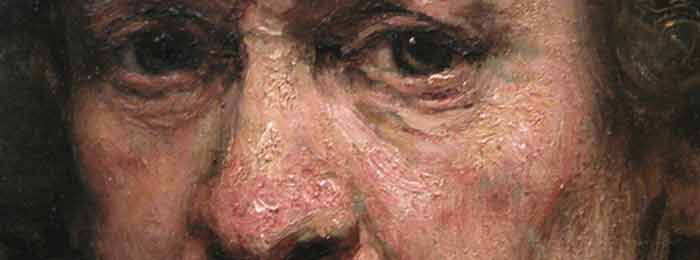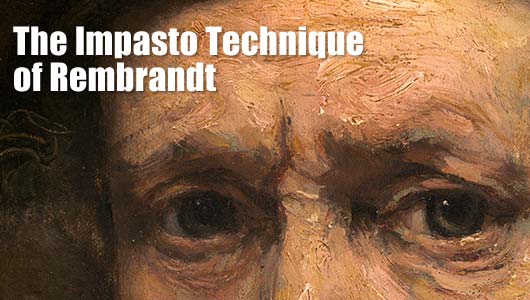On 22 Jul, 2014 With
Rembrandt was so pleased with his innovation of glazing over dried impasto that he expanded the practice to other textures, devising a method that utilized different whites for impasto and smoother passages. His impasto white was very “lean” and had egg as an ingredient (meaning it must have dried quite quickly), ground glass, and also white lead, which was used as a binder. He generally applied it with increasing thickness in several stages, whereafter it was finished with transparent glazes and wiping, creating the lustre and dimension he is so well-known for. No other technique produces the same brilliance as Rembrandt’s. When he painted Lieutenant Ruytenburch’s uniform in “The Night Watch,” Rembrandt used this method to build up the dimensions…
Read More
On 8 Jul, 2014 With
The underpainting was a core feature of the Venetian Method, and was often executed in opaque colour, rather than neutral greys. Many colour variations existed on this technique, such as Venetian Red and Flake White, with the only real limitation lying in the fact one ought limit one’s palette to lean paints (paints with a low rate of oil absorption) which are either opaque or very high in tinting strength. High tinting strength paints with a high oil absorption rate (fat paints) may be used only if mixed in minute quantities with very lean paints, so as to keep the underpainting leaner than the layers that will be applied above. Once the colour has dried, it can be modified with…
Read More
On 24 Jun, 2013 With
Creating Impastos in Oil Paintings The simplest way to create an impasto surface is to apply paint in large amounts, usually with either a brush or palette knife. Commercial oil colors have a heavy consistency, so this can be achieved by working directly from the tube applying the colors in thick layers. Opacity and built-up texture are usually interrelated, with much of the thickest impasto consisting of solid and opaque pigments, such as lead white or titanium white. Passages of thickly applied paint can also be translucent, so extender pigments are chosen that supply both bulk and transparency. The Impasto Technique of Rembrandt Impasto is paint laid on a canvas or panel in quantities that make it stand out from…
Read More
On 17 May, 2010 With
The beauty of the heavens and the splendor of Mother Nature have found expression in art from time immemorial. The function of art has always been devoted to expressing beauty in all its diversity. No wonder, Aristotle described art as an imitation of life. Human beings take delight in the works of imitation (representation). This explains why man has always tried to represent whatever he sees around. The consequence of this human desire was the inception of landscape paintings- a genre as old as the first century A.D. Landscape art refers to the portrayal of scenic beauty of nature, with the sky and weather conditions taking a considerable area of the canvas. The word ‘landscape’ is of Dutch origin (‘landschap’…
Read More




